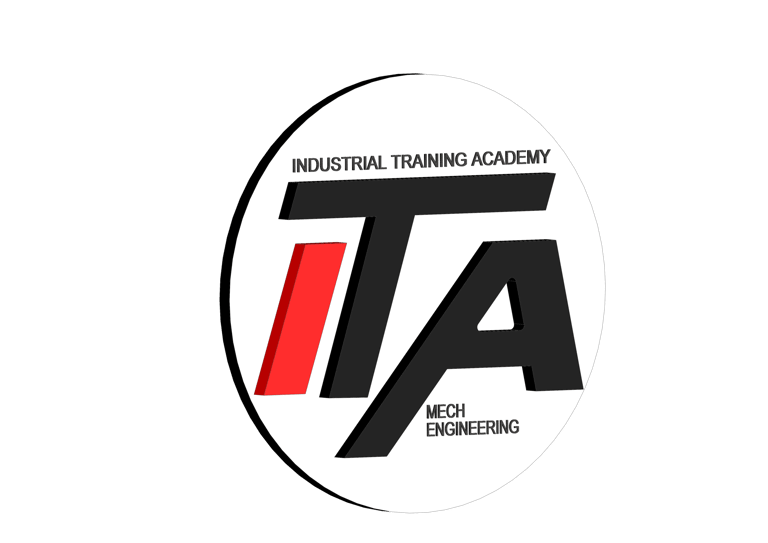In today's fiercely competitive manufacturing industry, optimizing operational efficiency is crucial for businesses aiming to stay ahead of the curve. The concept of Overall Equipment Efficiency (OEE) has emerged as a powerful metric to measure and improve the effectiveness of manufacturing processes. By providing insights into equipment performance, OEE enables manufacturers to identify bottlenecks, reduce downtime, enhance productivity, and ultimately drive profitability. In this blog, we delve into the significance of OEE and explore how it revolutionizes the manufacturing landscape. Topic Covered are :
Understanding of OEE
Key factors to evaluate OEE
Importance of OEE
Formula to calculate OEE
Importance of OEE
1. Identifying bottlenecks: OEE provides a detailed understanding of equipment performance, enabling manufacturers to pinpoint bottlenecks and production constraints. By identifying these bottlenecks, businesses can develop targeted improvement strategies to optimize equipment utilization and increase overall productivity.
2. Enhancing equipment reliability: By monitoring availability, OEE helps manufacturers identify and address equipment downtime issues promptly. Proactive maintenance practices, predictive analytics, and condition monitoring techniques can be employed to reduce unplanned breakdowns, enhance equipment reliability, and minimize costly production disruptions.
3. Improving productivity: OEE reveals opportunities for performance improvement by identifying areas where equipment is underperforming. Manufacturers can use this information to optimize equipment speeds, reduce setup and changeover times, and streamline production processes. Improving productivity not only increases output but also reduces lead times, enhancing overall customer satisfaction.
4. Driving continuous improvement: OEE acts as a catalyst for fostering a culture of continuous improvement within manufacturing organizations. By regularly monitoring and benchmarking OEE metrics, businesses can set performance targets, track progress, and initiate improvement initiatives. Engaging employees in problem-solving and encouraging innovation can lead to sustained efficiency gains and operational excellence.
